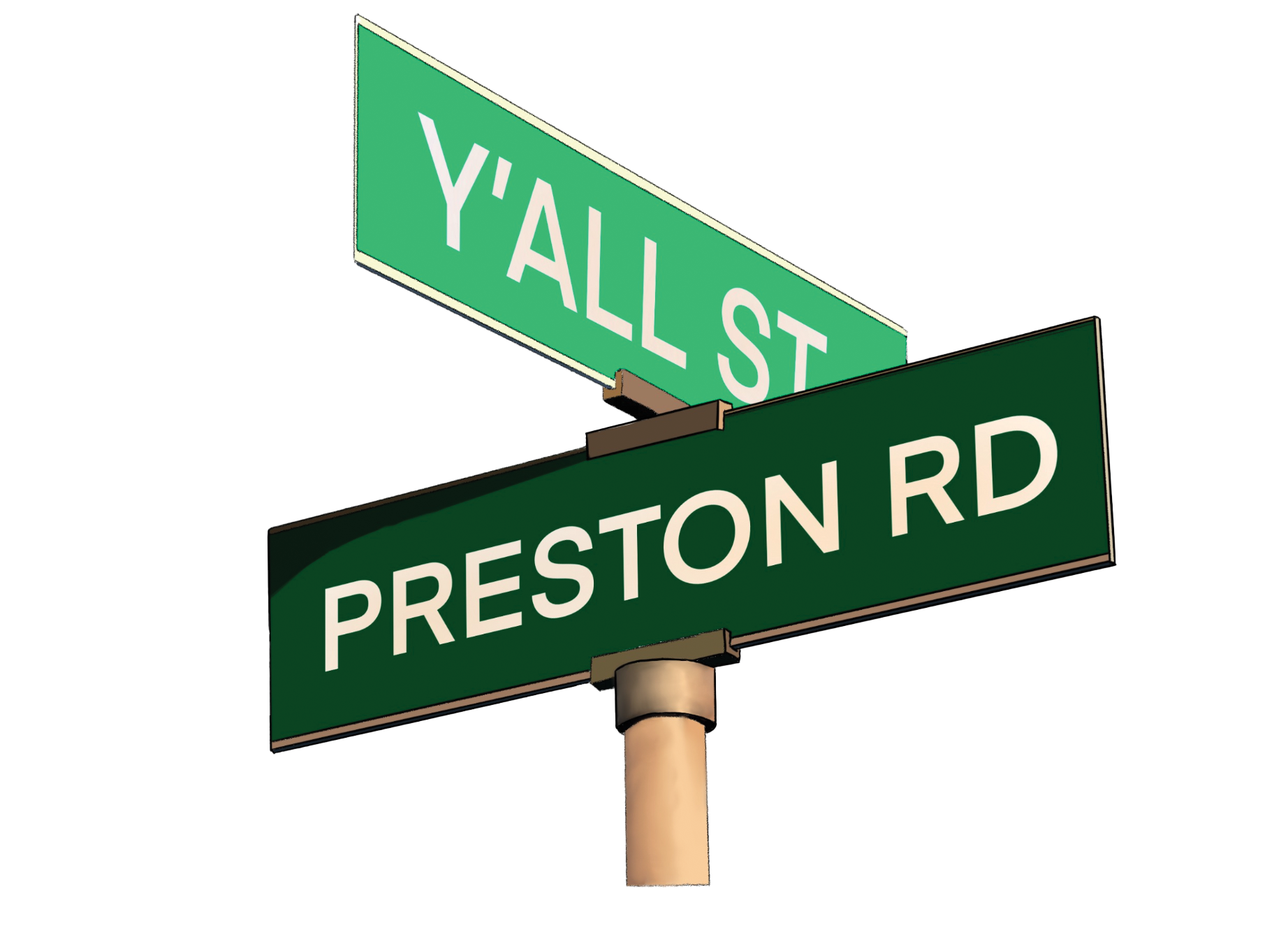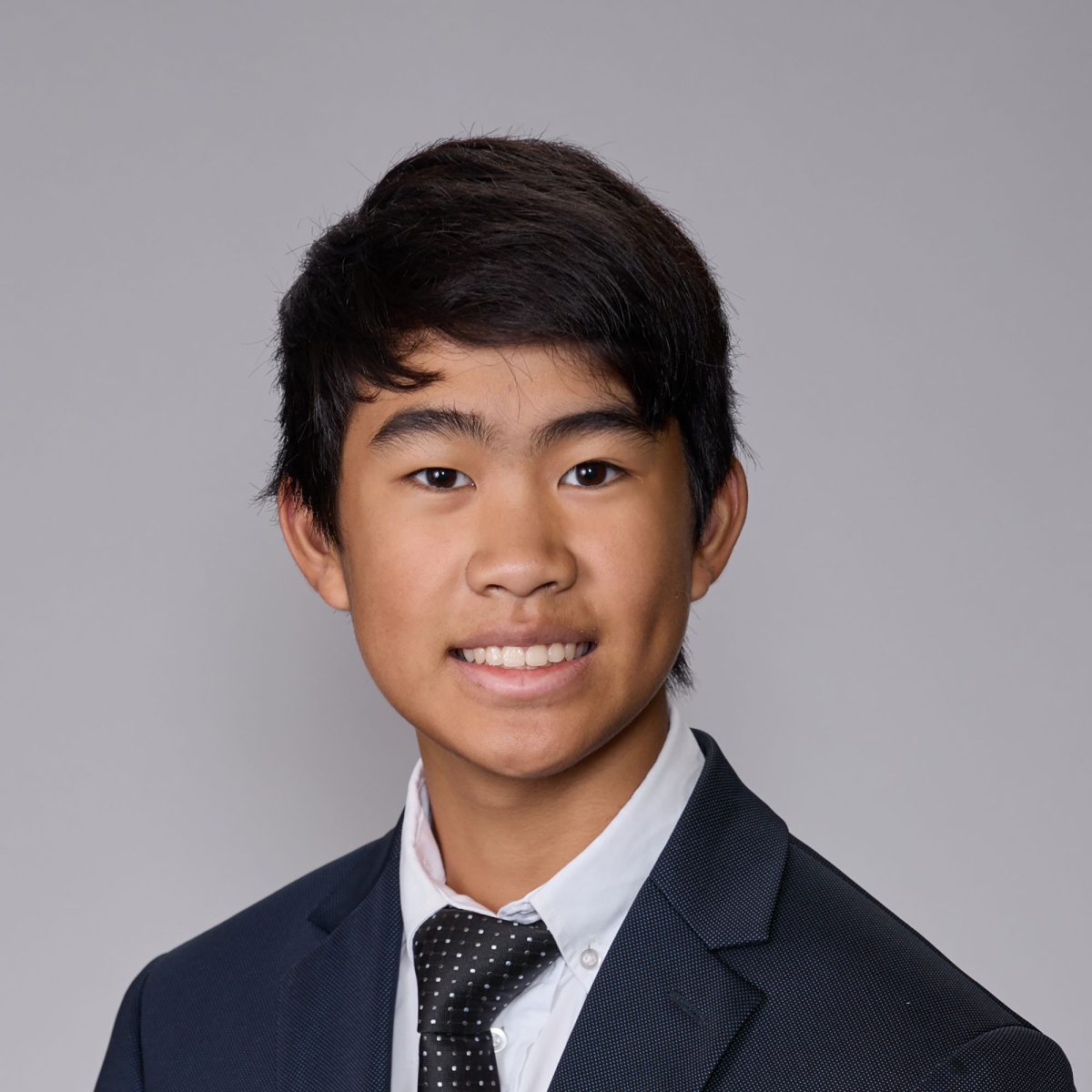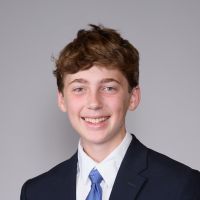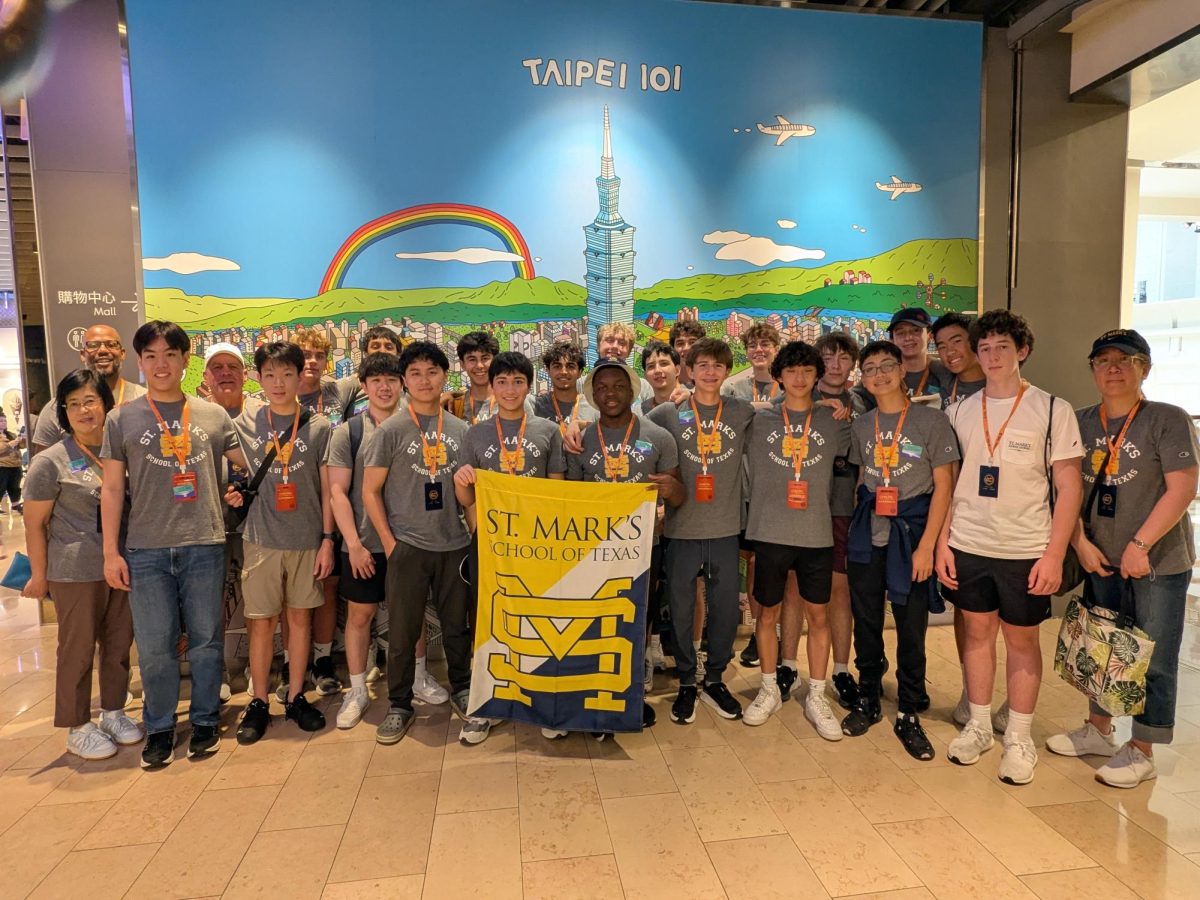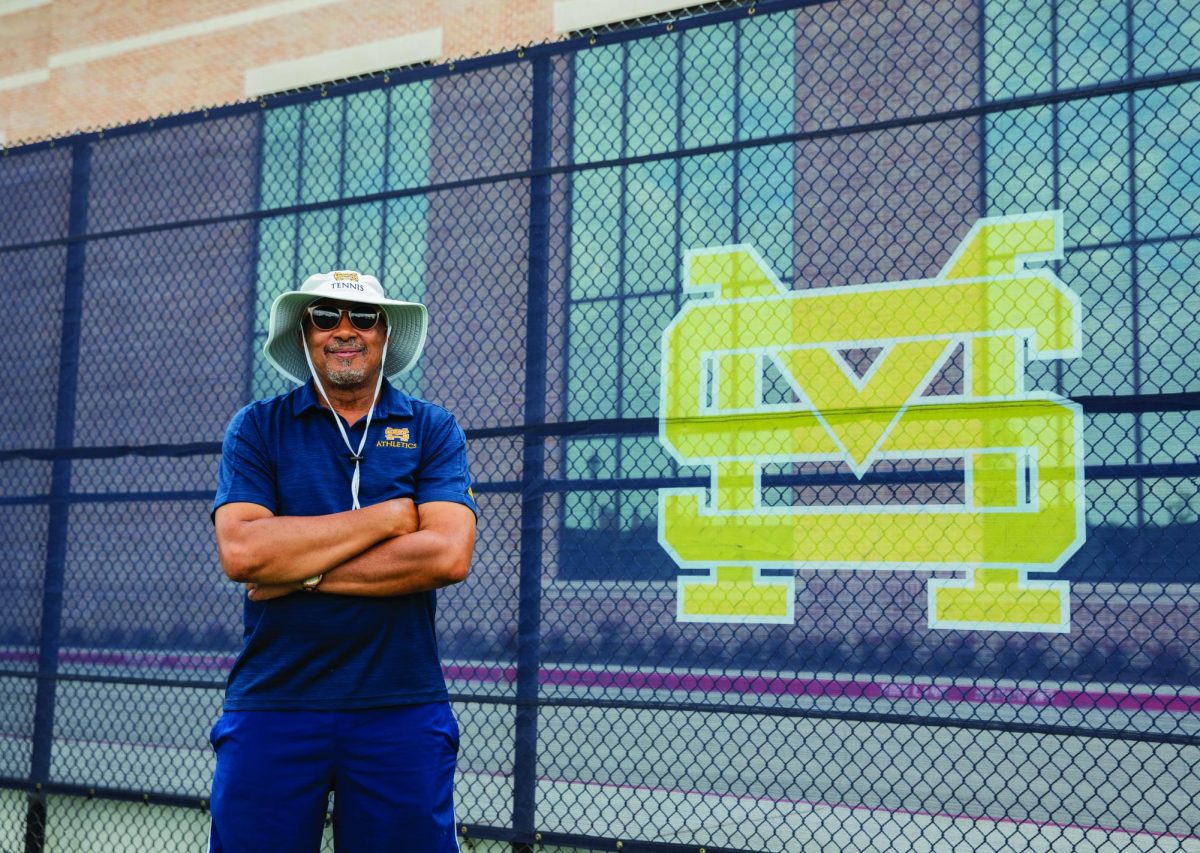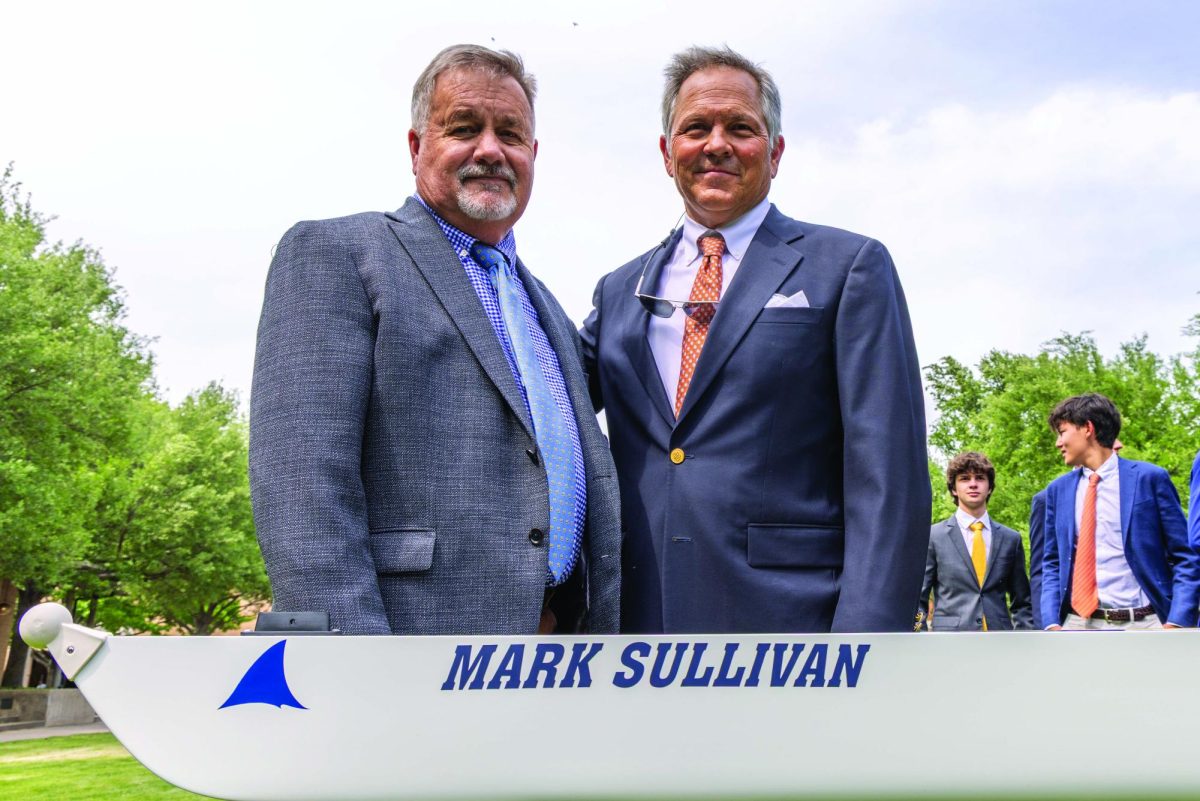He doesn’t know what it is exactly — but there’s just something about being in Texas that Jake Yarckin ‘19 loves.
This is where he grew up. Where he went to college. Where he and his friend started work, founding their own summer camp, finding interest in business.
And through a scholar award, he ended up being part of the Texas Business Hall of Fame Foundation — showing him how powerful the business network is in Texas.
Graduating from McCombs School of Business at the University of Texas, though, he was mainly looking at jobs in New York. After all, it is the finance capital of the world.
But when he came into contact with the Private Credit Group at Goldman Sachs in Dallas, he found his chance to stay here.
He jumped at the opportunity, and he’s been there ever since.
Yarckin’s been in Texas basically all his life.
He wouldn’t change a thing.
According to Axios, the number of people now employed in finance and insurance in Texas now exceeds 650,000, surpassing New York by more than 100,000.
JP Morgan now has a greater presence in Texas than in New York, with nearly 13,000 employees working at its Plano campus, which opened in 2017. Charles Schwab relocated its headquarters from California to North Texas, with the opening of their Westlake campus in 2019 with 5,000 jobs. And recently, Goldman Sachs began construction on a massive complex–a planned 800,000 square feet, 14-story building located in the heart of Dallas— which is a venture that will create another 5,000 jobs.
Rob Kaplan, Vice President of Goldman Sachs and father of Michael ‘32 and Alexander ‘36, knows the growing buzz surrounding finance in the region is no joke.
Especially with the planned launch of the Texas Stock Exchange (TXSE) and firms like BlackRock and Citadel Securities already backing the venture, investors are ready to capitalize on the state economy. Kaplan foresees Fortune 500 companies taking advantage of the new market, potentially co-listing on both the New York Stock Exchange (NYSE) or NASDAQ in addition to the TXSE.
Though he recognizes the growing emphasis on Texas finance, Kaplan still believes that the place to be for investors is still New York City.
Despite this continued emphasis on New York City as their center of operations, Goldman Sachs aims to dive deeper into the business scene in Dallas as the finance industry takes off in the city.
Over their 50-year-plus tenure in the city, their presence has grown to over 4,000 employees in the greater Dallas area.
These employees are currently spread across multiple offices, but the new GS complex will consolidate their local workforce into a single campus, which will enable the company to accomplish their strategic goals in a more condensed setting.
For Mary Bank, mother of Sebastian ‘27 and a Goldman Sachs Managing Director responsible for the company’s American engineering management and strategy, there are a few crucial reasons for Dallas’ selection for the major campus.
First, the business environment in Dallas is incredibly friendly and has a good quality of life. This environment is only augmented by the fact that 21 Fortune 500 companies and 42 Fortune 1000 companies have headquarters in the city. Ranging from high tech and telecommunications to logistics and healthcare, Dallas has a diverse business environment with ample room for growth, something Goldman considered heavily when deciding on the project.
“According to the Dallas Regional Commerce, which we (Goldman Sachs) worked very closely with before we came here, Dallas is the second fastest growing tech hub in the nation in an area we continue to invest in,” Bank said. “The rapid growth is there, and this is why it’s a prime place for us to.”
Not only does Dallas have a pro-business environment, but the city also has access to a talented workforce — another factor, according to Bank, for developing the new complex. The pool of nationally acclaimed schools, colleges and universities in the area means there is a large talent pool with lifelong residents that prepare a diverse and skilled population to enter the workforce.
This was one of the reasons why Bank felt like this would be a great school for her son to apply to.
“The reason why I like the St. Mark’s curriculum is the fact that it’s grounded by what I believe to be core skill sets anybody will need,” Bank said, “but they’re open to understanding and modernizing the curriculum to ensure that it’s in line with what future opportunities are going to be.”
Many students will find future opportunities in some aspect of business, especially if they stay in Dallas. However, the school doesn’t have a curriculum specifically for the field of business, beyond AP Economics and higher level math courses. To Bank, this isn’t an issue.
She feels that the collaborative approach the school includes in education when working on case studies and projects translates well into the workforce, allowing students to be great team members. Furthermore, the focus on how to present yourself, be present and attentive and communicate articulately and effectively further benefits Marksmen in the collaborative world that is business.
Though Yarckin feels such a curriculum would benefit students by allowing them to decide early on what they’d like to major in at college, he also doesn’t think it necessary to have a specialized finance course in high school.
“They teach you from day one in college expecting you not to have already taken a finance course,” Yarckin said. “There’s a lot of building blocks that go into finance, and I think the economics classes at St. Mark’s did a good job of preparing for that.”
Even without specialized finance courses, Yarckin felt like he had a headstart at McCombs because of high school. Everything from math and history to knowing how to write well gave him the opportunity in college to get through the first year or two of core classes pretty easily and have more time to think more about what he wanted to specialize in and join finance and investing clubs. And because of his headstart coming into college, once he got into the specialized finance classes, he’d already done the preparation outside of class beforehand.
“With that headstart, you can always be focused on the next step and be one step ahead,” Yarckin said.
But some students and alumni feel like they would have benefitted from greater opportunities in the business sphere which would provide a better understanding of basic financial acumen. Christian Tsvetanov ‘23, an alum now studying finance and computer science at the Kelley School of Business at Indiana University, feels like he would have enjoyed greater opportunities to hone his skills earlier, something school clubs could help with.
“Something I think St. Mark’s should work on, especially with clubs, is that a lot of kids see résumé-building opportunities when found ing organizations,”
Tsvetanov ‘23 said.
“I feel like a lot of
St. Mark’s students go into the business world thinking that they know a lot, but in reality, realize they don’t know much. I feel like to bridge that gap we need more dedicated clubs where students are showing up and learning, actually wanting to learn and expand their business knowledge.”
The creation of a finance course at the school, however, is not impossible nor improbable.
According to Associate Headmaster John Ashton, if a teacher proposes a course, the school is able to staff it and students would like to take the course, new courses can be created. New classes offered this year, like AP Art History, were created that way.
Ashton says, however, that the school isn’t so much trying to change its curriculum or mission to fit the growing financial industry in Dallas but, rather, have a program that’s preparing Marksmen for life after graduation, no matter what they decide to pursue.
“Things like statistics, economics, high level math — those are good for the subjects themselves,” Ashton said. “(But they’re also) important and integral for developing the skills of problem solving and analytical thinking that you can apply to anything.”
The opening of the McDermott-Green Science and Mathematics Quadrangle in 1961 brought St. Mark’s to the forefront of high school science education in the country, providing students with a world-class building in which to further their studies with knowledge directly applicable to the fields of work they would encounter later in life.
History and English instructor John Perryman also knows that first-rate facilities are nothing without the educators to teach in them.
“The hiring of quality faculty has been front and center of St. Mark’s mission from the get go,” Perryman said.
Ashton agrees.
“Working with young people effectively demands an intuition about how to care for the young people in your charge,” Ashton said. “And (the faculty) has an understanding of what the mission of the school is, and each day, works towards the realization of that mission, which is developing boys into good men. And to do that you have to genuinely care about the boys in front of you — about who they are — but also who they’re going to become and who they are becoming.”
With the combination of a dedicated faculty and an ever-improving campus, Perryman notes that the school became a premiere institution in Dallas that could attract qualified talent to the region for their children to attend, providing an education that would equip them with the skills and knowledge required to enter local industries.
“You didn’t have to move here and send your kids to prep school up east,” Perryman said. “(There’s) an absolutely top school here, across the board, with an especially good focus on science and math.”
That emphasis on STEM became a defining characteristic of St. Mark’s over the course of the late 1900s that extends until today with the recent completion of the Winn Science Center and renovation of the McDermott-Green Science Center — home to facilities like the makerspace and planetarium.
“The renovation of the science building w0asn’t just so that (students) had a modern science building,” Ashton said. “It was, ‘Yes, and what decisions do we need to make that are going to serve boys decades into the future?’”
Yet roughly 20 years ago, the school set out a plan to implement and develop a character and leadership program that would extend through all subjects, from first to 12th grade, that has, in more recent years, come to be the overarching approach of education within the school.
For Ashton, the Character & Leadership program serves to strengthen character and teach leadership as intentionally as any other subject in school. And he believes that it’s applicable wherever Marksmen end up after graduation.
“You’re equipped and practiced in what it means to lead, contribute and to move a community forward,” Ashton said. “You take that oriented mindset and awareness into the world, and you know you’re going to lead whether you have a position of authority or not. For us, that orientation of who you are matters more than what you achieve.”
For Yarckin, the focus on building character has impacted him to this day — even though he didn’t think much of it in high school.
“I remember something that was repeatedly drilled in was just be the best version of yourself,” Yarckin said. “I internalized that and really used it to mean for me, personally, ‘control what you can control, do everything you can do to be the best version of yourself.’ And once you do that, you don’t have anything to worry about because you know you’re doing everything you can.”
From the rigorous interview process to get the job in the first place to presenting initial findings on deals to a group of more than 70 people — including his bosses and other people at the firm who’ve been in the group for more than 15 years, his position puts him in high stress situations all the time.
“A lot of times you’re making a decision on a hundred million dollar plus investment,” Yarckin said. “On a day to day basis, a lot of these situations come up, and thinking back to doing what you can do and being the best version of yourself is really helpful when you’re in these intense environments.”
Perryman believes that such an education rooted in character and leadership provides students with the best skills and toolset to enter the workforce as thriving adults, giving them a basic understanding of ethical decision making that they can apply throughout their lives.
While some might argue that such a focus on preparing students to become leaders might inhibit tangible and real-world learning that would come from greater emphasis on career-based learning, Perryman knows that is not the full picture.
Across the campus, students are exposed to a wide variety of subjects and fields of study. From science and mathematics to visual and auditory arts to engineering and economics, students can take classes that both develop their character and leadership and also expand their competencies in given subjects.
“There are schools that channel you down a certain path, but that’s never been the case here.” Perryman said. “(We provide) a broad based education, there’s time to specialize later on. It’s a marathon not a sprint. I think sometimes people get trapped too early in their careers without having a skill set that makes them flexible to branching fields or feel comfortable shifting career paths.”
Mary McDermott Cook, daughter of Eugene McDermott, knows that her father’s vision for the school has been realized.
“I know that Daddy would be so proud of the boys,” Cook said.
Cook believes that people are born with inherent leadership ability, but at the same time, their skills must be developed, honed and advanced. In her opinion, St. Mark’s does just that.
“As 18-year-olds, you all are still figuring out who and what you are going to be,” Cook said. “You haven’t figured that out yet. St. Mark’s has given you a firm foundation to build on.”
Preparatory institutions are often deemed feeder schools to universities or a specific industry, but Cook knows that stereotype does not apply to St. Mark’s. And, ultimately, she’s proud of that.
“(St. Mark’s) is a feeder school to leaders of industry,” Cook said, “and that, to me, is what’s important.”
The First 100 Years, a history of the school’s origins, was cited in this story.

